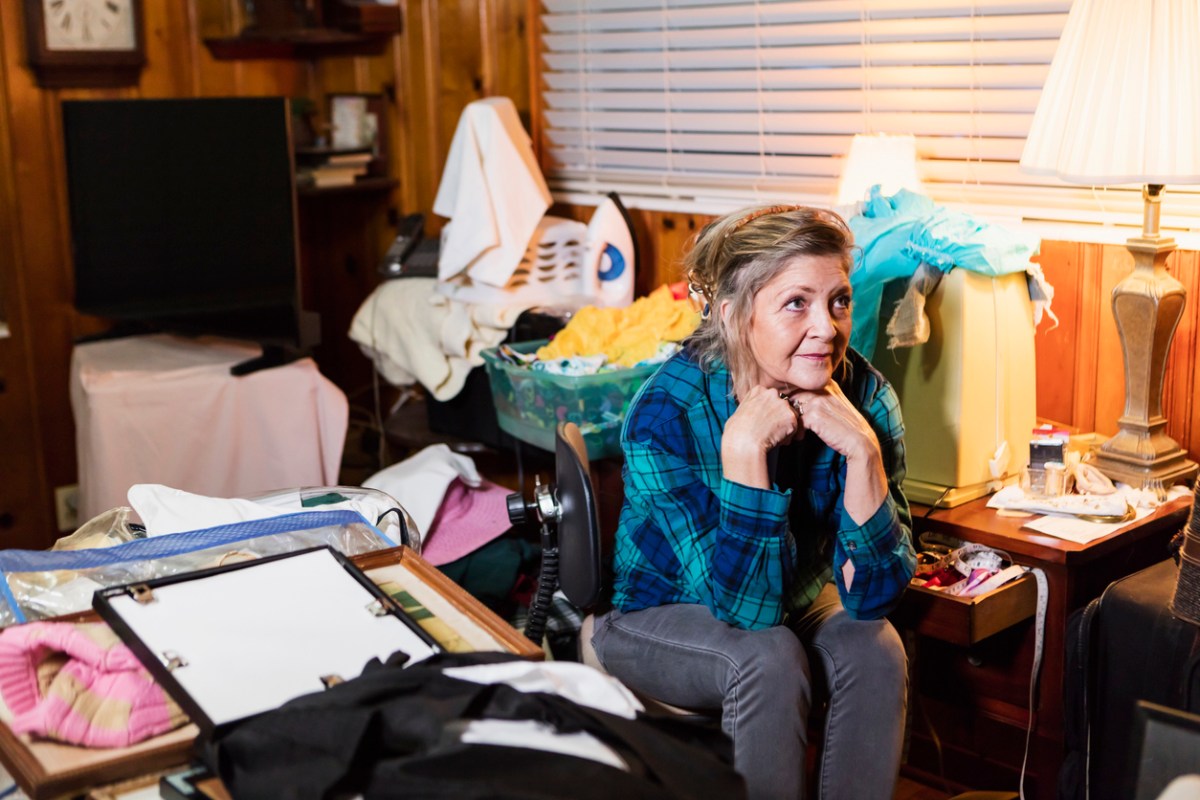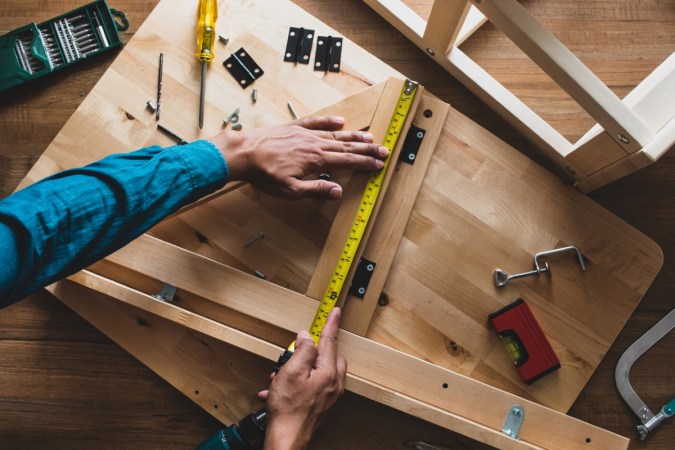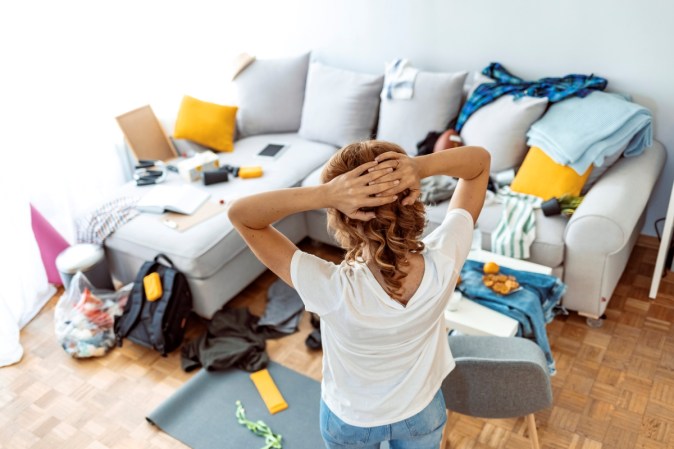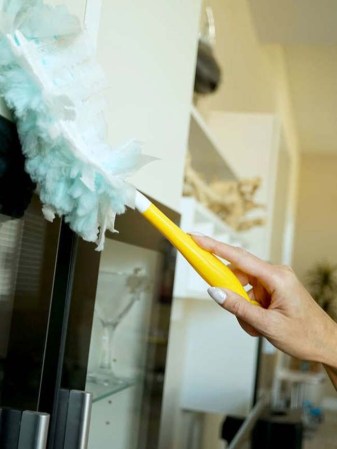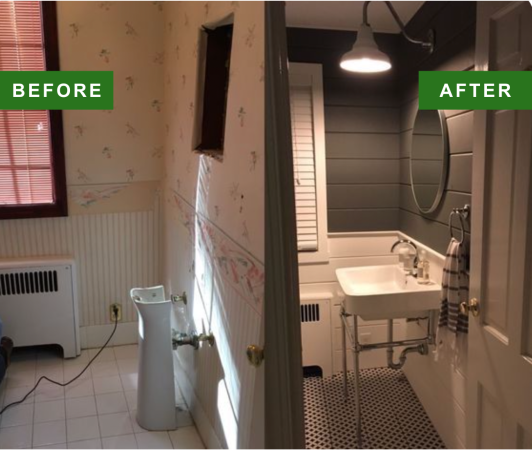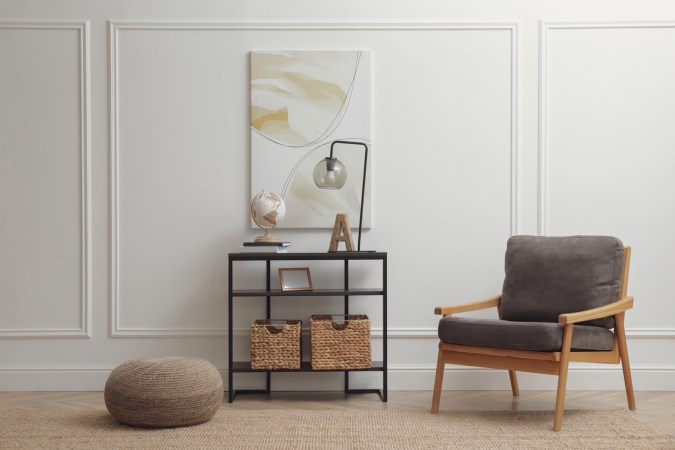We may earn revenue from the products available on this page and participate in affiliate programs. Learn More ›
We spend our lives amassing things. From practical goods to impulse purchases, objects add up—taking up space physically and mentally. Forget about neatly storing excess items in boxes; if you don’t need something, pass it along to somebody who does.
Studies show that decluttering can help boost mood, heighten focus, and relieve anxiety. By minimizing unnecessary belongings, you also release stress over having these items in the first place. Many Americans want to live a simpler, clutter-free life, and minimizing and organizing your home can help.
In an OpenDoor survey, 87 percent of respondents stated that simple living is important, 73 percent want to declutter, and 46 percent value having less stuff. Searches for minimalism are rising, as people seek ways to simplify their lives. Want to get started? Here are 11 minimizing methods to choose from.
RELATED: Doing These 10 Simple Tasks Around the House Can Improve Your Life, According to Experts
1. The KonMari Method

Most people are familiar with the KonMari minimizing method popularized by Marie Kondo. The approach of this method is to tidy within categories rather than room by room.
Pick up each item and ask yourself if it brings you joy. If it does, keep it. If not, thank the object for its service and remove it from your life. The KonMari method is a great way to consider how each item adds to your life—keep the positive and release the indifferent or negative.
RELATED: What is Scandinavian Design? 7 Important Things to Know
2. Swedish Death Cleaning
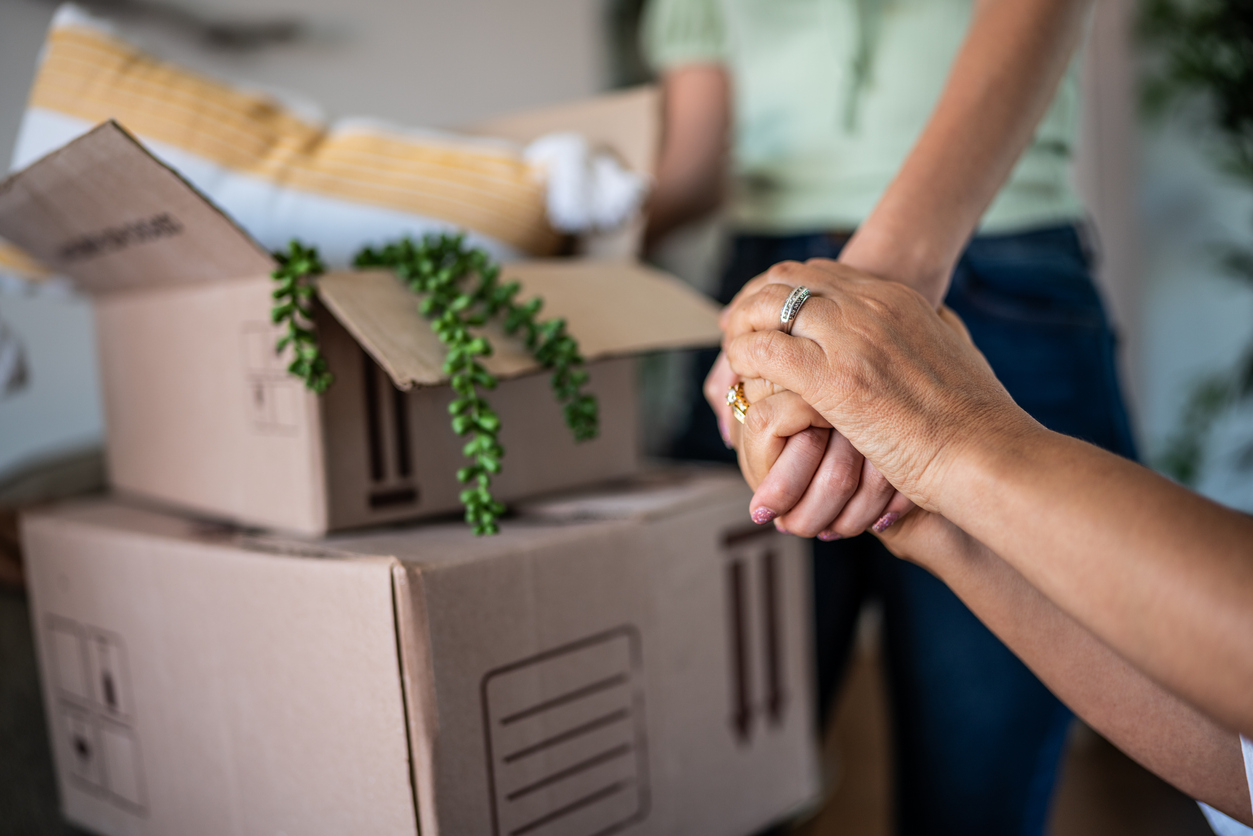
Swedish Death Cleaning (from the Swedish döstädning) is a popular way of decluttering your home—although it may be considered macabre in some circles. In this concept, you remove unnecessary items from your home before you’re no longer around, making it easier for your next of kin to clean out your home when the time comes.
The idea of death cleaning is to eliminate all the extras and bits that inevitably accumulate over the years. This task is often more manageable if you start in areas that are dumping zones (like the basement or attic).
RELATED: 28 Insanely Clever Ways to Beat Clutter
3. 12-12-12 Method
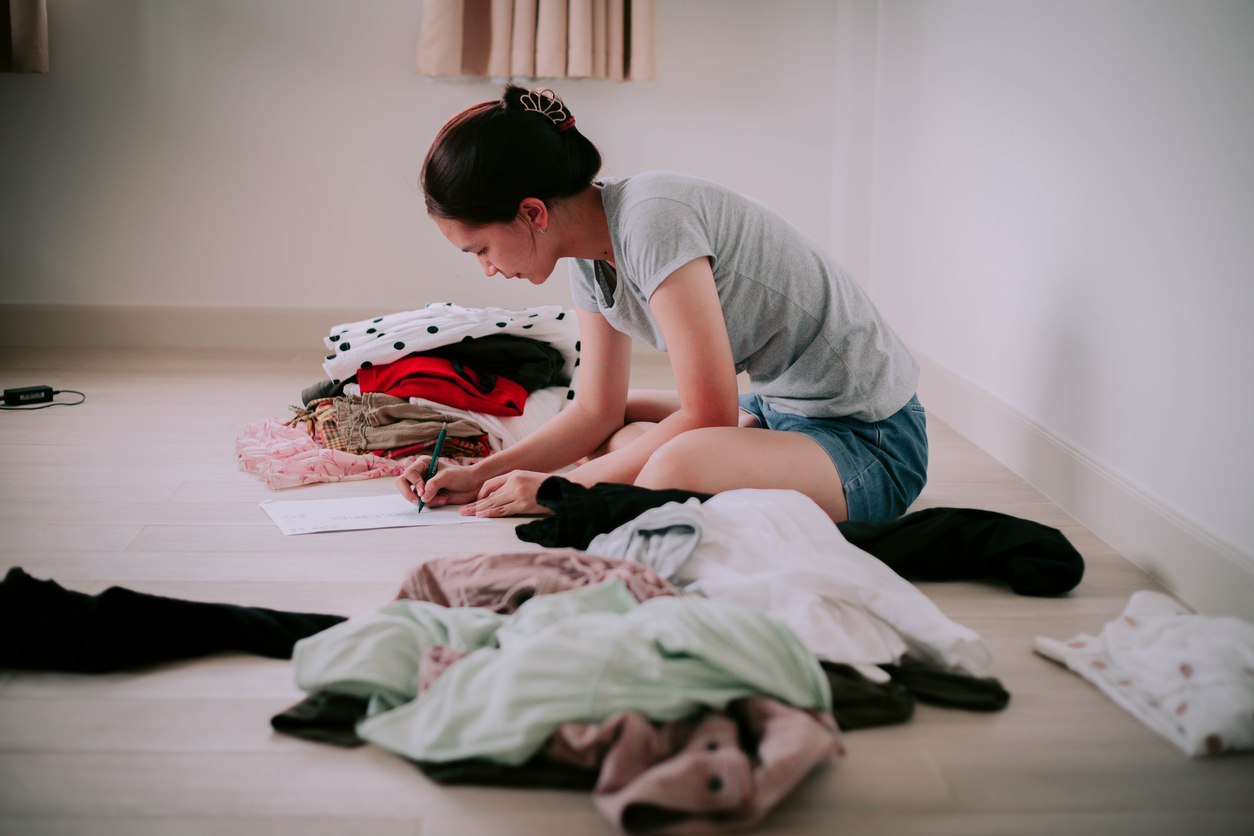
Joshua Becker’s 12-12-12 minimizing method is a relatively simple but effective way to declutter. Start by finding 12 items to throw away, 12 to donate, and 12 to put away properly—that’s 36 items taken care of in one swoop. You can repeat this process as many times as needed. By breaking it down into manageable amounts, it feels less daunting to downsize.
RELATED: The Best Tips for Selling Your Stuff Online
4. The Four Box Method

As the name suggests, you need four boxes for this minimizing method; try to find the largest boxes you can. Label the boxes “Donate/Sell,” “Keep/Put Away,” “Trash,” and “Relocate.” Bring your boxes to the space you want to simplify. Go through the whole room, putting things in the corresponding boxes. Once you fill the boxes, deal with them accordingly based on their label.
RELATED: Let It Go: 14 Things to Trash Without Thinking Twice
5. Packing Party

The Minimalists have a radical way of determining which items you need: have a packing party. Pretend you’re moving and box up all of your stuff—yes, all of it. Label the boxes because they’ll be around for about three weeks. As you need specific items, take them out of the boxes. Once the three weeks are up, whatever remains packed up can likely go out the door.
RELATED: Got 10 Minutes? That’s All You Need to Tackle These 10 Decluttering Tasks
6. Reverse Your Hangers
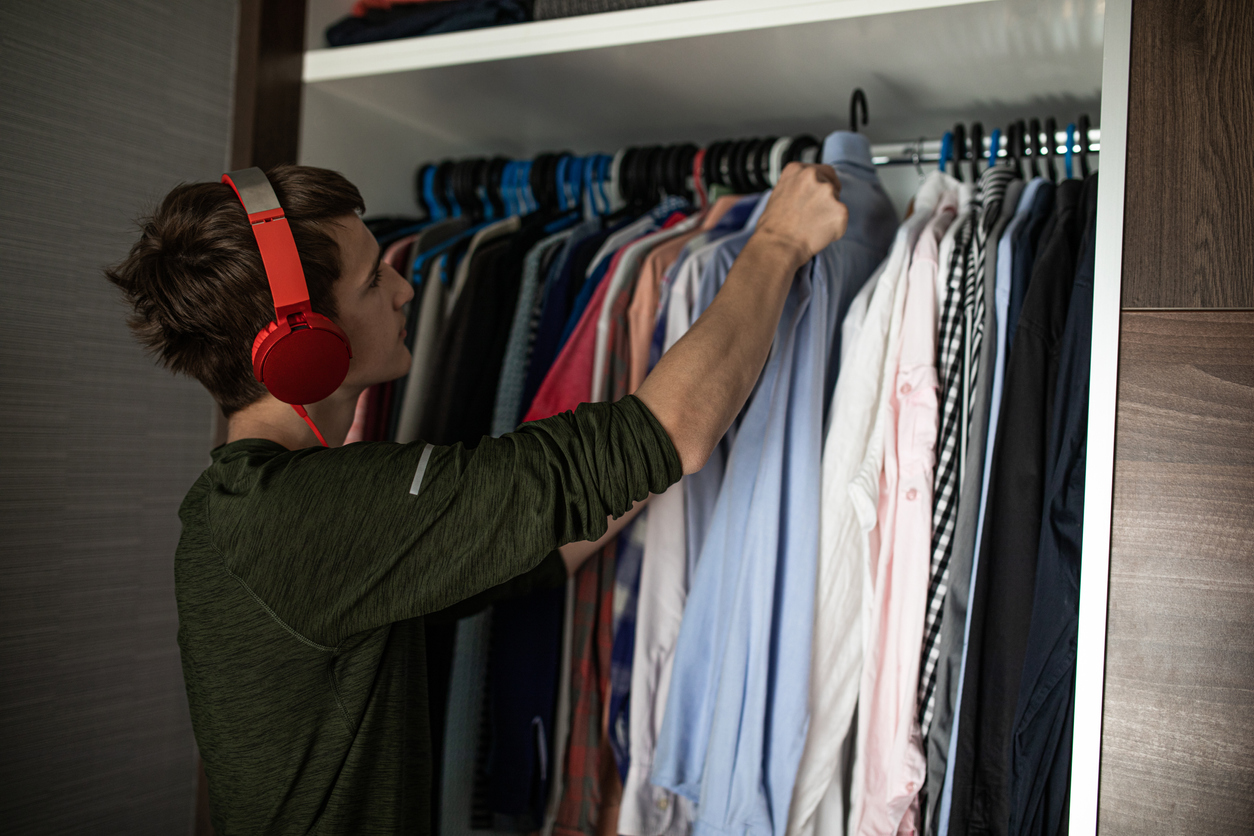
Consider adopting the simple hangar method if your closet is overflowing with clothing. To see which clothes you actually wear, hang up all your items with the hangar set backward. Once you wear an item, move the hanger so it faces the correct way. After a set amount of time (a month or so), pull out clothing with a hanger still facing backward. These are items you don’t wear often or at all, and they’re candidates for a donation bin.
RELATED: 21 Things People Get Wrong About Decorating Small Spaces
7. Peter Walsh’s Five Step Method
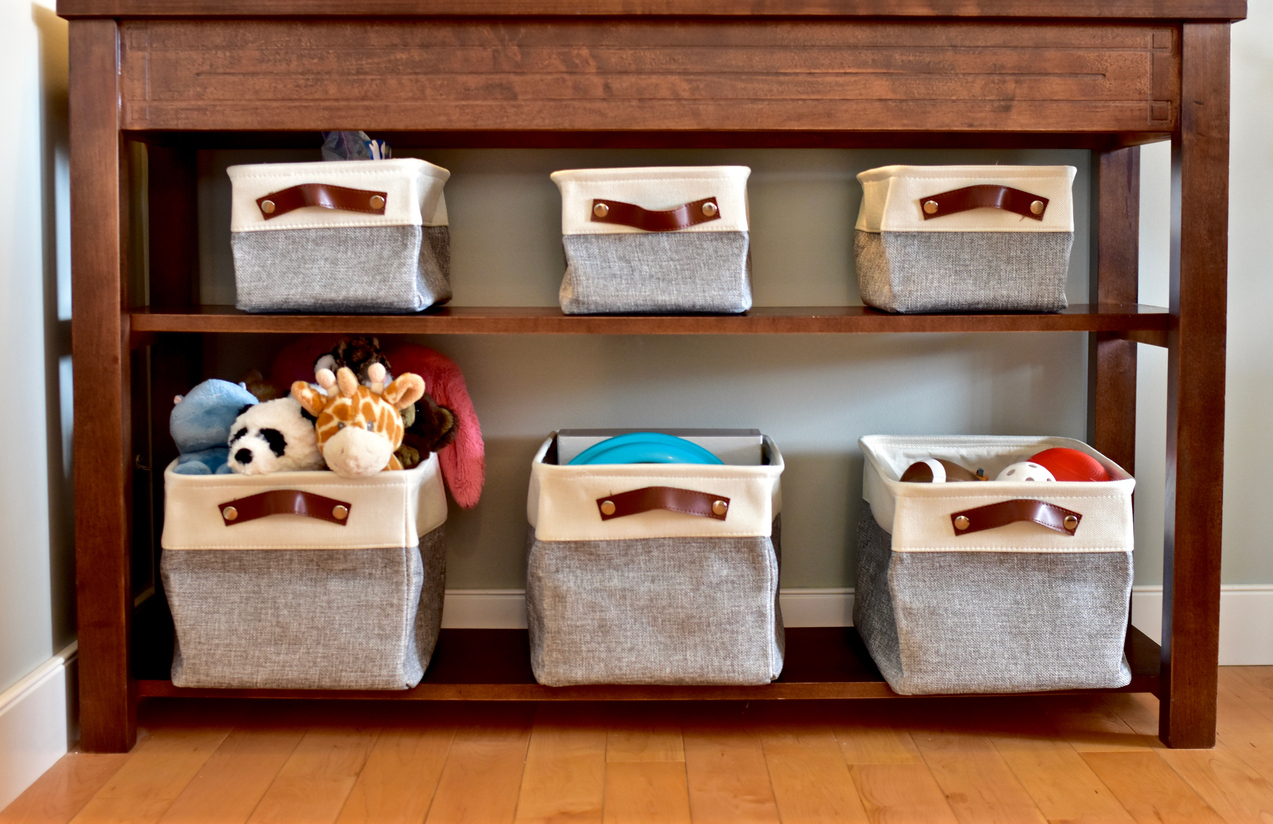
Peter Walsh has five steps to help declutter your life. To paraphrase:
- Completely empty out the space you want to declutter.
- Envision what you want the space to be (items you keep must adhere to this vision).
- Create piles for the stuff you removed from the room. One pile supports the vision (keep), and the other does not (toss).
- Donate or discard the pile that does not align with your vision for the room (the sooner, the better).
- Use the kept items to reassemble the room and bring your vision to life.
RELATED: How to Declutter Your Home Once and for All
8. 365 Less Things

Getting rid of one thing is a simple way to minimize and an excellent one for those intimidated by decluttering an entire room or space in an intense downsizing activity. Colleen Madsen’s 365 Less Things method started with a New Year’s resolution in 2010 of clearing out her home. The premise of this decluttering technique is to remove one item a day from the home. By the end of the year, you will have removed 365 items.
RELATED: 25 DIY Storage Ideas to Help Corral Your Kids’ Clutter
9. Accomplish What You Can in 15 Minutes

Using a timer is a terrific minimizing activity for avoiding burnout. You set a timer for 15 minutes every day to declutter an area. The thought behind it is that having a timer element makes one more likely to start cleaning; after all, 15 minutes is hardly any time. If you want to keep the momentum and continue after the timer goes off, go for it. Otherwise, get back at it tomorrow for another 15 minutes.
RELATED: 9 Organizing Mistakes That Make Your House Messier
10. Switch to Open Space Storage
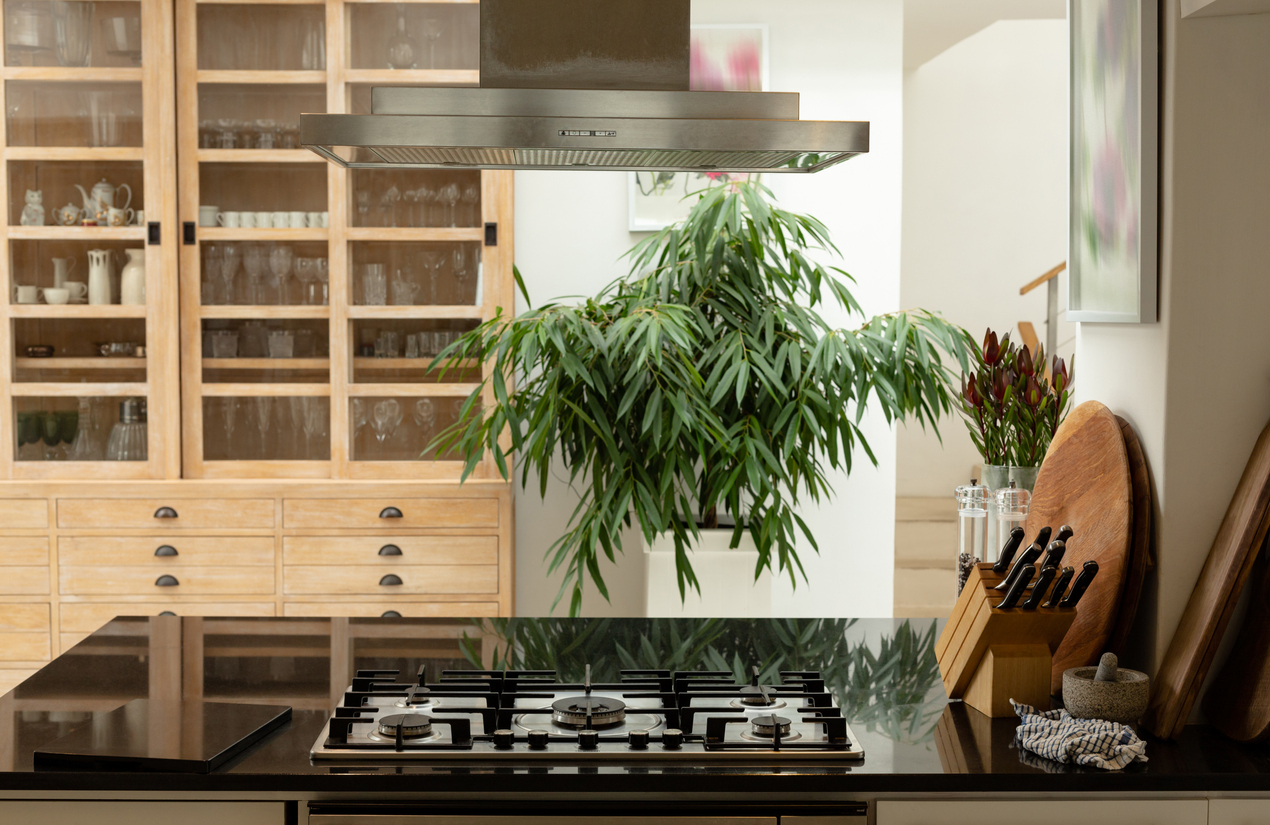
If visible clutter feels overwhelming, use that to your advantage to avoid amassing items in the first place. Open storage or organizers, such as bookshelves or cabinets with glass doors, may help you avoid clutter as they make your possessions more visible. Seeing your items on display gives you a better idea of what you own (and won’t buy extra), and you may be more motivated to keep these areas streamlined for aesthetic purposes.
RELATED: 10 Lazy Tricks for a Clutter-Free Home – Decluttering Tips
11. Room by Room Decluttering
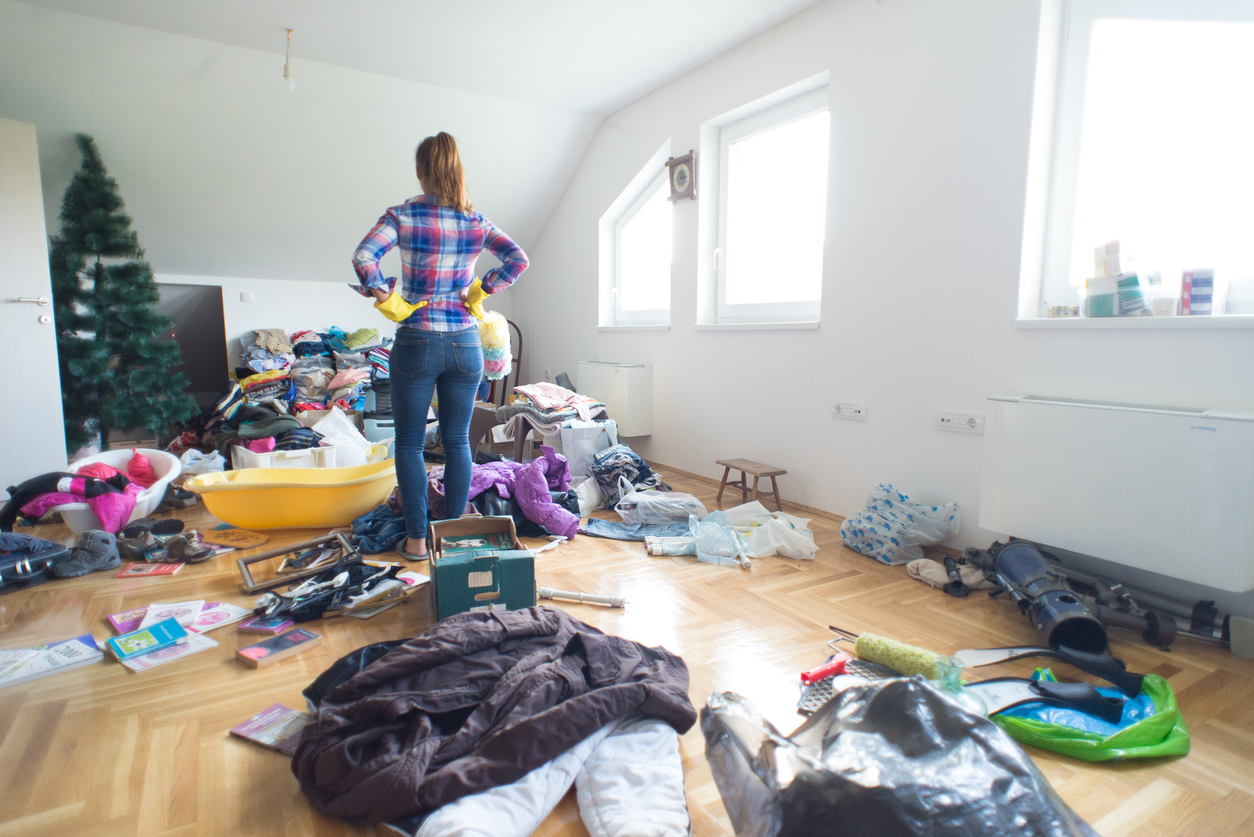
It’s not an official minimizing method, per se, but if you want to eliminate clutter, going room by room methodically ensures you hit every section of your home. Start with spaces that require less work and emotional thought, such as basements and attics, and move on to rooms where items may feel more meaningful, like bedrooms and kitchens. Downsizing the less emotionally charged things first gives you practice, making it easier to eliminate objects you see daily.

